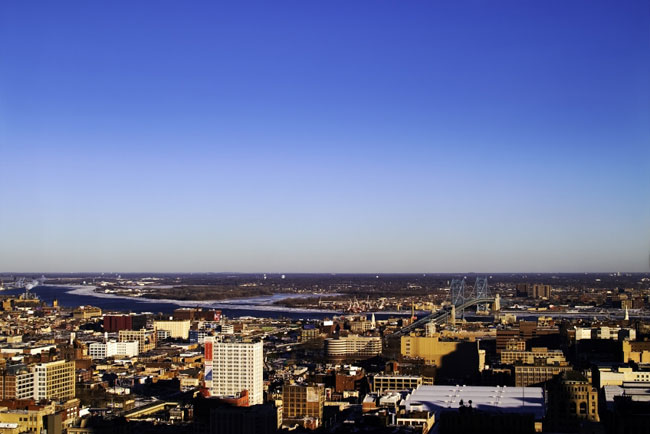Dusty Document Reveals First European Voyage up Delaware River

A nearly 400-year-old document gathering dust in the archival bowels of Amsterdam pinpoints the date Europeans first voyaged up the Delaware River, a researcher has discovered. The record contains the sworn testimony of Jan Jacobsz Bens, a sailor who came to America along with early Dutch explorers, and gives 1616 as the year the Delaware was finally ascended, explored and mapped. The historical journey was made by a ship whimsically dubbed the "Iron Hog," one of the first European vessels ever built in North America, according to Bens' statements. A find 13 years in the making Housed in Amsterdam's notarial archives, the sailor's deposition was stumbled upon accidentally more than a decade ago by Jaap Jacobs, a historian at the University of Pennsylvania's McNeil Center for Early American Studies. At the time, Jacobs thought the testimony referred to the exploration of the nearby Hudson River, which has been well documented. Only years later did he realize that Bens was writing about the 410-mile-long Delaware, which has two sources in Upstate New York and ends in the Delaware Bay after it serves as the entire eastern border of Pennsylvania and entire western border of New Jersey. Historians have never known the exact date when the Dutch first probed the river, which also flows past Philadelphia. "The document I found provides the missing link in the early cartography of the Delaware River," Jacobs said in a prepared statement. "This document is evidence that the Dutch voyaged to America in 1616 and explored a large section of the coastline, claiming it for the Dutch Republic in the process." Jacobs' findings are detailed in "Truffle Hunting with an Iron Hog: The First Dutch Voyage Up the Delaware River," a paper presented during a recent McNeil Center seminar. Hudson more interested in shortcuts Henry Hudson, the famous English explorer commissioned by the Dutch, is thought to have perused the mouth of Delaware Bay around 1609. However, before going very far, he moved on to investigate the river slightly to the North that would ultimately bear his name. Like most of the sailors of his day, Hudson was consumed by one goal—finding a shorter passage from Europe to spice-rich Asia, one that would eliminate the need to round Africa. When he didn't find it, he returned to England and made subsequent voyages to northern Canada searching for alternate routes. Bens' crew may have had other objectives, Jacobs' research indicates. By about 1614, the Iron Hog's Dutch contemporaries saw eastern North America as a potentially lucrative source for beaver pelts, rather than just a shortcut to Asia. The first permanent European settlements in the area were established not long after.
- How Did America Get its Name?
- Map Fuels Debate: Did Chinese Sail to New World First?
- How Weather Changed History
Sign up for the Live Science daily newsletter now
Get the world’s most fascinating discoveries delivered straight to your inbox.











